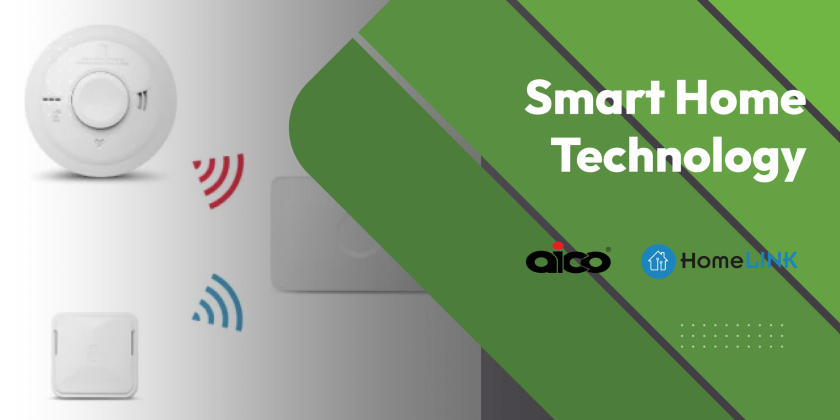Harnessing the power of the sun has become more than just an environmental ambition; it’s a practical solution for clean energy that is rapidly gaining traction. Solar photovoltaic (PV) systems are at the heart of this green revolution, turning sunlight into electricity with remarkable efficiency. As we look towards a future less reliant on fossil fuels, understanding the basics of solar PV becomes crucial for anyone interested in sustainable living. Whether you’re considering solar panels for your home or simply want to know more about how this technology works, this guide will shed light on the key aspects of solar energy. Join us as we demystify solar PV, exploring its benefits, functionality, and the steps to adopting it in everyday life.
Introduction to Solar PV
Solar photovoltaic (PV) technology represents a significant leap forward in harnessing renewable energy. By converting sunlight directly into electricity, solar PV systems offer a sustainable way to power homes and businesses. This section provides an introduction to the core concepts of solar PV, highlighting why it’s essential for our energy future.
Basics of Solar PV Technology
Solar PV technology is based on the principle of the photovoltaic effect, where certain materials can convert light into electricity. The core component of this technology is the solar cell, typically made from silicon. When sunlight hits these cells, it knocks electrons loose from their atoms, creating an electric current.
Understanding how solar cells work is essential for grasping the broader technology. These cells are linked together to form a solar panel. Multiple panels can be combined to form a solar array, which can generate enough electricity for residential or commercial use.
Solar PV technology is versatile and can be installed on rooftops, integrated into building materials, or even set up in large solar farms. It’s an adaptable solution for various energy needs, making it an attractive option for those looking to embrace clean energy.
Importance of Solar Energy
Solar energy plays a crucial role in the transition to a low-carbon economy. It’s a renewable resource, meaning it won’t run out as fossil fuels eventually will. By harnessing solar power, we can significantly reduce greenhouse gas emissions, which are a leading cause of climate change.
Furthermore, solar energy helps reduce dependency on non-renewable resources, promoting energy security. Countries investing in solar infrastructure find themselves less vulnerable to energy price volatility and geopolitical tensions related to fossil fuel supply.
The global shift towards solar energy is not just environmentally beneficial but also economically advantageous. As technology advances and costs decrease, solar power becomes more accessible, providing an equitable energy solution for all.
Overview of Solar PV Systems
A solar PV system consists of several key components working together to generate and manage electricity. The primary elements include solar panels, an inverter, a battery storage system, and sometimes a monitoring system.
The inverter is crucial as it converts the direct current (DC) generated by the solar panels into alternating current (AC), which is used by most household appliances. Battery storage systems allow excess energy to be stored for use when sunlight is unavailable, enhancing the system’s efficiency and reliability.
Understanding the layout and function of a solar PV system helps in making informed decisions about installation and usage. These systems can be tailored to meet specific energy needs, making them a versatile option for diverse applications.
How Solar PV Works
This section delves into the mechanics of solar PV systems, explaining how they convert sunlight into usable electricity. Understanding these processes is key to appreciating the efficiency and potential of solar energy.
Components of a Solar Panel
A solar panel is made up of several solar cells connected to form a module. These cells are typically made from silicon, a semiconductor material that efficiently absorbs sunlight and converts it into electricity.
Each solar cell consists of a thin wafer of silicon, with a positive and a negative layer that create an electric field. When sunlight strikes the cell, photons break electrons free, generating an electric current.
In addition to the cells, solar panels include an anti-reflective coating to maximise sunlight absorption and a durable casing to protect the cells from environmental damage. The efficiency of these components determines the overall performance of the solar panel.
Conversion of Sunlight to Electricity
The conversion process begins when sunlight hits the solar panel, initiating the photovoltaic effect. The solar cells inside the panel absorb photons, the basic units of light. This energy excites electrons in the cell, freeing them and creating an electric current.
-
Photon Absorption: Sunlight, composed of photons, hits the solar panel and is absorbed by the solar cells.
-
Electron Excitation: The energy from the photons excites electrons, freeing them from their atomic bonds.
-
Electric Current Generation: These free electrons flow through the cell, creating an electric current that is captured by electrical contacts.
The generated current is direct current (DC), which is then converted to alternating current (AC) by an inverter. AC is compatible with the electrical grid and can power homes and businesses effectively.
Benefits of Solar PV Systems
Solar PV systems offer numerous benefits, from reducing environmental impact to providing economic savings. This section explores these advantages, highlighting why solar energy is a smart choice for sustainable living.
Environmental Advantages
Solar energy is a clean, renewable resource that significantly reduces carbon emissions. By replacing fossil fuel-based energy sources, solar PV systems help mitigate air pollution and contribute to cleaner air and reduced greenhouse gas emissions.
Using solar power also conserves water resources. Unlike traditional power generation, which often requires significant water for cooling, solar panels use minimal water, making them ideal for areas facing water scarcity.
Additionally, solar energy reduces reliance on finite resources, promoting sustainable land use and biodiversity conservation. By tapping into this abundant resource, we can protect ecosystems while meeting energy demands.
Economic Savings
Investing in solar PV systems can lead to substantial economic benefits. Once installed, solar panels can drastically reduce or even eliminate electricity bills, offering significant savings over time.
Financial incentives such as tax credits and rebates further enhance the cost-effectiveness of solar energy. These incentives lower the initial investment cost, making solar systems more accessible to a wider audience.
Additionally, solar energy systems increase property value, as homes equipped with solar panels are often more attractive to buyers. The combination of reduced energy costs and increased property value makes solar a wise long-term investment.
Installing Solar PV Systems
Choosing to install a solar PV system involves several considerations. This section provides guidance on selecting the right system and the key factors to consider during installation.
Choosing the Right System
Selecting the appropriate solar PV system depends on various factors, including energy needs, budget, and available space. Evaluating these factors ensures the system meets both current and future electricity demands.
-
Assess Energy Needs: Determine average electricity usage to size the system appropriately.
-
Consider Budget: Evaluate financial capacity and explore available incentives or financing options.
-
Evaluate Space: Ensure sufficient roof or ground space for installation, considering orientation and shading.
Consulting with a solar energy expert can provide valuable insights, ensuring the chosen system aligns with specific requirements and maximises efficiency.
Installation Considerations
Proper installation is crucial to the performance and longevity of a solar PV system. Several factors need to be considered during the installation process to ensure optimal efficiency and safety.
It’s essential to evaluate the roof structure to confirm it can support the weight of the solar panels. Additionally, the angle and orientation of the panels should be optimised to maximise sunlight exposure throughout the year.
Professional installation is often recommended to ensure compliance with local regulations and standards. Expert installers can navigate permitting processes and ensure the system is safely and efficiently connected to the grid.
Future of Solar PV Technology
The future of solar PV technology looks promising, with continuous innovations and increasing adoption trends. This section explores these developments and what they mean for the future of energy.
Innovations in Solar PV
Emerging technologies are set to revolutionise solar PV systems, making them more efficient and cost-effective. Innovations such as bifacial panels, which capture sunlight from both sides, and perovskite solar cells, which offer higher efficiency rates, are leading the charge.
Other advancements focus on integrating solar panels into building materials, such as solar shingles, providing a seamless aesthetic solution for energy generation. These innovations promise to reduce costs and improve the versatility of solar installations.
As technology advances, solar energy becomes more accessible and efficient, paving the way for widespread adoption and enhanced energy independence.
Trends in Solar Energy Adoption
The adoption of solar energy is growing rapidly across the globe. Government policies and incentives play a significant role in encouraging individuals and businesses to switch to solar power.
Countries around the world are setting ambitious targets for renewable energy adoption, with solar PV at the forefront. As technology becomes more affordable, even developing countries are investing in solar infrastructure to meet energy needs sustainably.
Public awareness and environmental consciousness are also driving this trend, as more people recognise the benefits of solar energy for both the planet and their wallets. This increased adoption signals a promising shift towards a more sustainable energy future.


